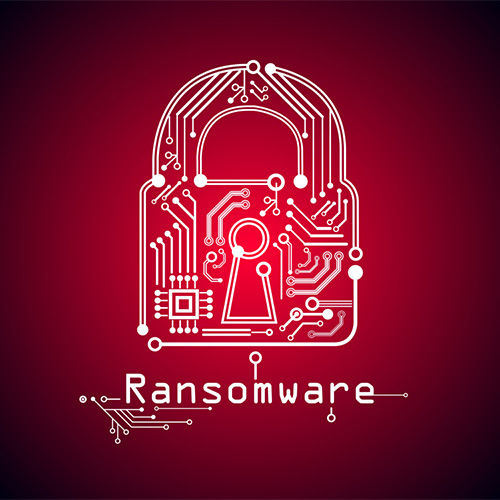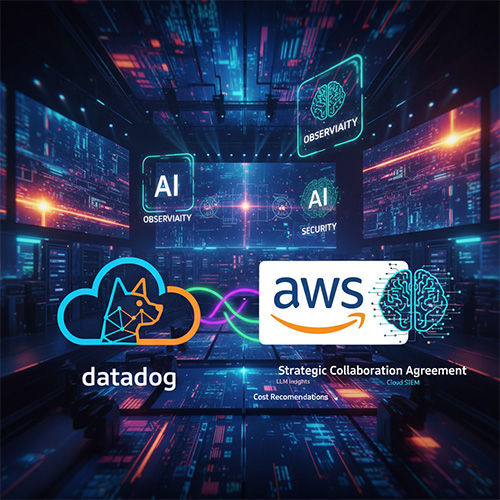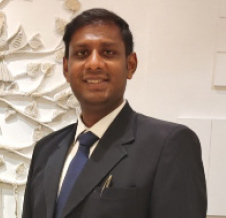
Allied Telesis considers India as an important market and is focusing on strategic partnerships to address the growing demands in the networking segment. Dattatray Katkar, Head of Business (INDIA & SAARC), Allied Telesis in a conversation with VARINDIA, talked about the importance of the India market, how the company is addressing business needs and challenges.
How important is the India market for Allied Telesis?
India is one of the largest and growing markets in Asia Pacific for Allied Telesis. Allied Telesis has positioned itself as the alternative that allows organisations to ease back on the complexity of their networking environments by leveraging innovations around AI and machine learning.
There is a high focus to build strategic partnerships to take care of this growing demand for LAN, SD-WAN, and wireless WAN solutions. We can see there are a lot of infrastructure projects and investments happening in the manufacturing vertical where automated solutions plays a vital role and with strategic partners in place, we want to cater this market in a big way.
What are the strategies planned to address the newer challenges in 2023 and beyond?
Allied Telesis has come up with a true next-generation automated solution. True next-generation automated platforms or networking solutions are helping customers to make their networks up with negligible manual intervention. For instance, there are technologies like preventive maintenance wherein we have segregated over 30 areas because network switch or firewall or access point gets faulty, so system admin will get an alert in advance with the help of our on-premise network AI technologies. For example, if the CPU utilization goes up, they will get an alert and can take a proactive action, and the signal becomes green. So, this will in turn save switch or router before getting into RMA. We also have technologies like click and run which can automate ACL, QoS and VLAN configurations. In normal scenario it takes almost a few hours to do the same. We are talking about a few clicks and the entire network from core to distribution, be it 500 or 1000 of switches, can be deployed. There is strong roadmap in coming quarters for automation of this features.
Allied Telesis is at the forefront of innovation in networking, as it leverages AI to assist in delivering a superior but seamless experience for users. All our competitors are thinking about selling more new technologies and acquiring companies to catch the next wave of technology evolution, such as SDN, SDWAN, cloud computing, data centre technologies, cybersecurity etc. They leave the difficult and complex integration works to systems integrators which then require highly skilled certified engineers and thus make the solutions very costly.
The ATI technology philosophy is simple. We solve technology problems at the edge networks. These problems include corporate wireless instability issues, failure of network controllers should not affect entire network operations and integration of cybersecurity with the best-of-breed vendors in the market. This model positions us very well when CIOs would like to keep their core networks/cybersecurity with existing incumbents and leverage on ATI’s technologies to solve their underlying practical problems.
What are some of the trends you see in the networking hardware space?
Today, network losses are leading to business losses. With industry 4.0 we are talking about OT networks merge with IT networks. In that scenario all the IoT devices are part of the IP backbone. With this change, cybersecurity plays a paramount role where we need to protect the critical infrastructure with the help of security as well as the manufacturing processes. The customers need a single automation platform to take care of LAN, SD-WAN, wireless LAN. They do not want to deal with too many management platforms. They want ease of use and flexibility in terms of scalability and everything in a single management platform which helps them to reduce their operational overhead. So, customers or IT Head today want to see the health of their network proactively rather than taking the action reactively. They want to see proactive alerts for LAN and WLAN solutions if there are any issues in the network from a wireless or switching point of view.
The pressures and challenges facing networking have undergone a dramatic shift in recent years. With decentralised IT environments becoming the norm, CIOs have had to grapple with questions around how to distribute applications to edge endpoints, across multiple datacentres, and cloud environments.
It’s a security concern, to be sure, but it’s also a user experience concern. Without the right technologies in place to facilitate this kind of fluid, flexible working environment, a company’s networking is likely to become a frustrating roadblock. There are five areas where CIOs are being particularly challenged in using their incumbent networking solutions to meet current demands:
A lack of dashboard and oversight to the overall network’s health, making it difficult to monitor the environment and make strategic decisions about it in the first place.
Separate diagnostic, troubleshooting and resolution tools. With little cohesion between them the potential for human error is increased significantly. Unexpected failures in hardware (across CPU, memory, and as a consequence of temperature), which causes prolonged network downtime.
The requirement for certified and experienced staff for daily operational and maintenance tasks, which is often made challenging due to the severe skills shortage across Asia Pacific.
Costly technology. Maintaining a networking environment that features a lot of legacy equipment can become a deep cost drain.
To address these challenges, Allied Telesis has brought several innovations to the networking space, particularly around automation, AI and AIOps.
What is your roadmap towards future growth?
In India, we are going to focus on wireless. Then we are also coming up with a Distributor lead model wherein we are covering a longtail partners, through which we are going to address tier two, three and four cities with the help of our stock and sale model, which we just launched. With strategic partners in place for regional as well as national level, we are getting into the enterprise businesses for manufacturing, healthcare, education verticals. We see a lot of opportunities for partners, for services on our solutions. So, with the Zero Trust Provisioning technologies or Network Automation technology, they can achieve a very good ROI on our solutions to scale them in terms of their revenue.
See What’s Next in Tech With the Fast Forward Newsletter
Tweets From @varindiamag
Nothing to see here - yet
When they Tweet, their Tweets will show up here.



























